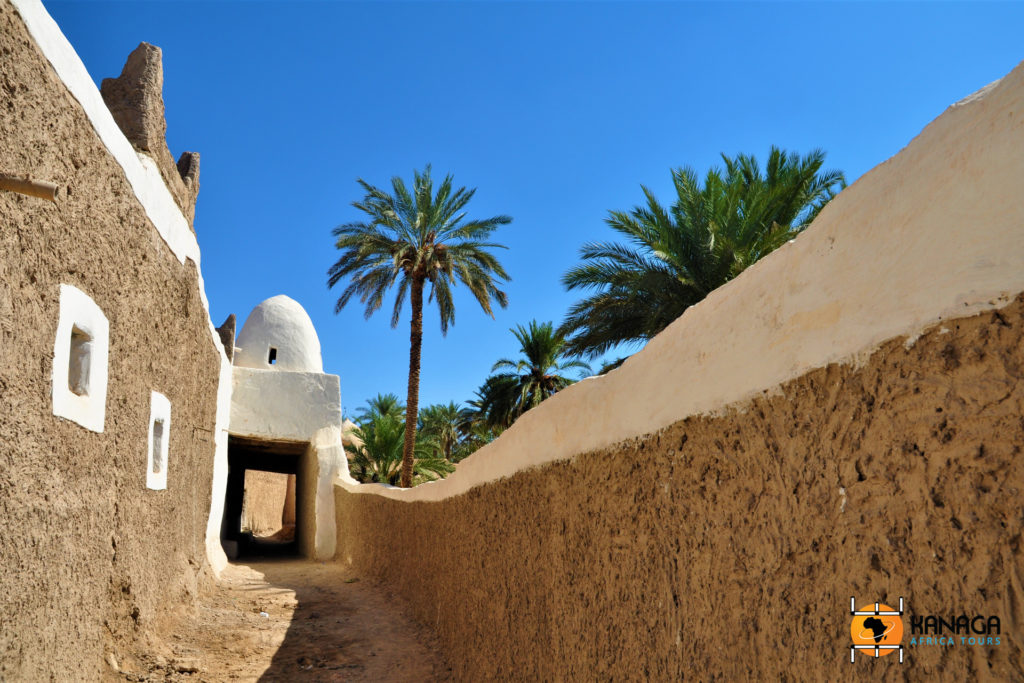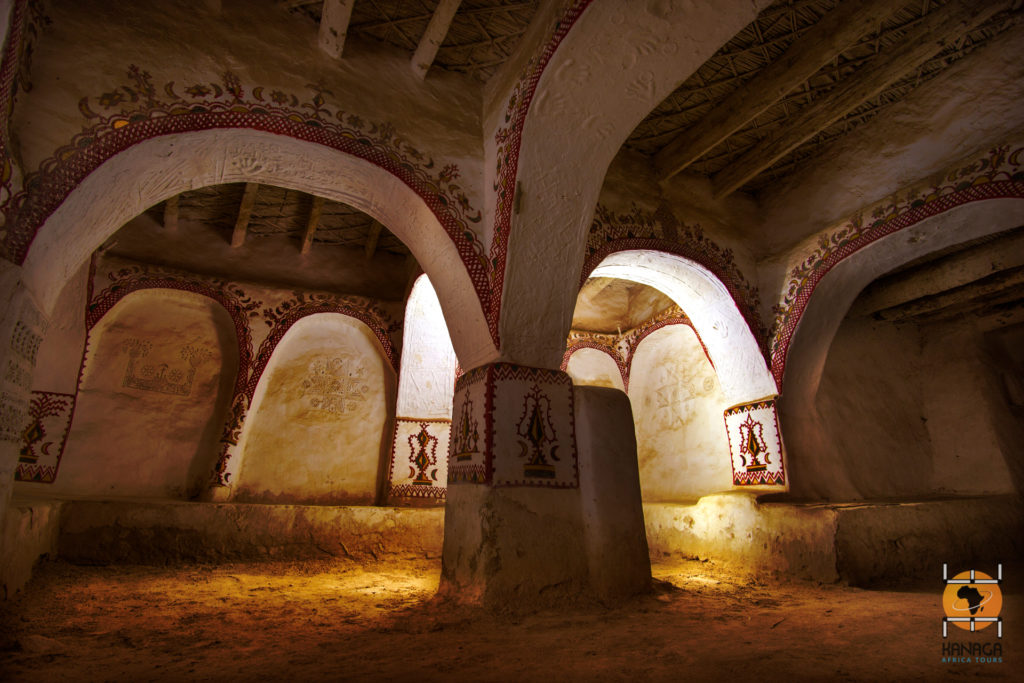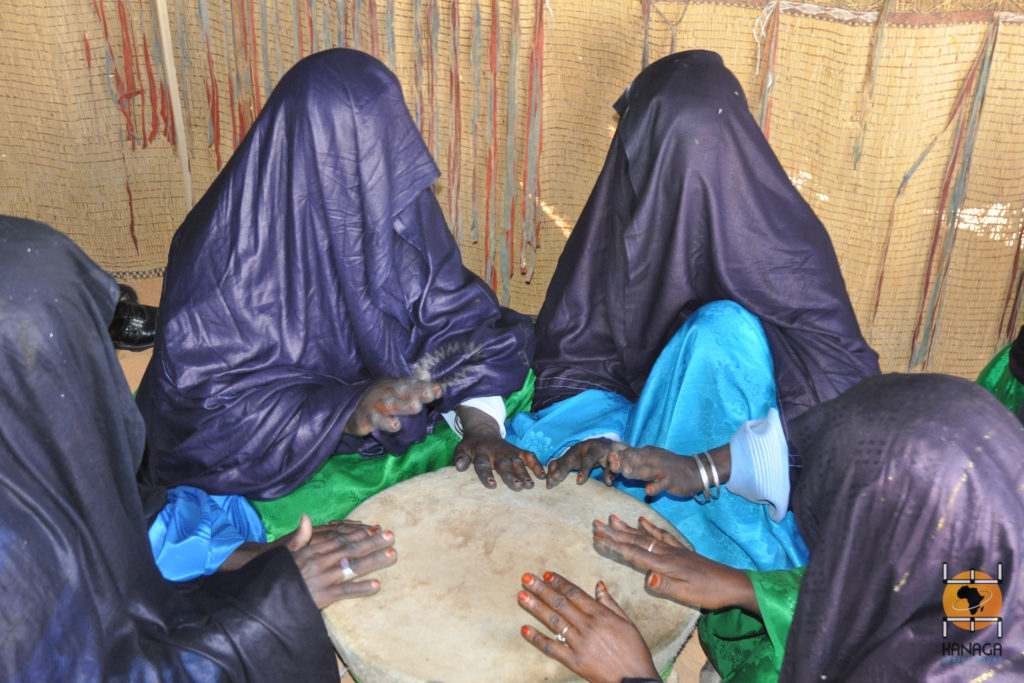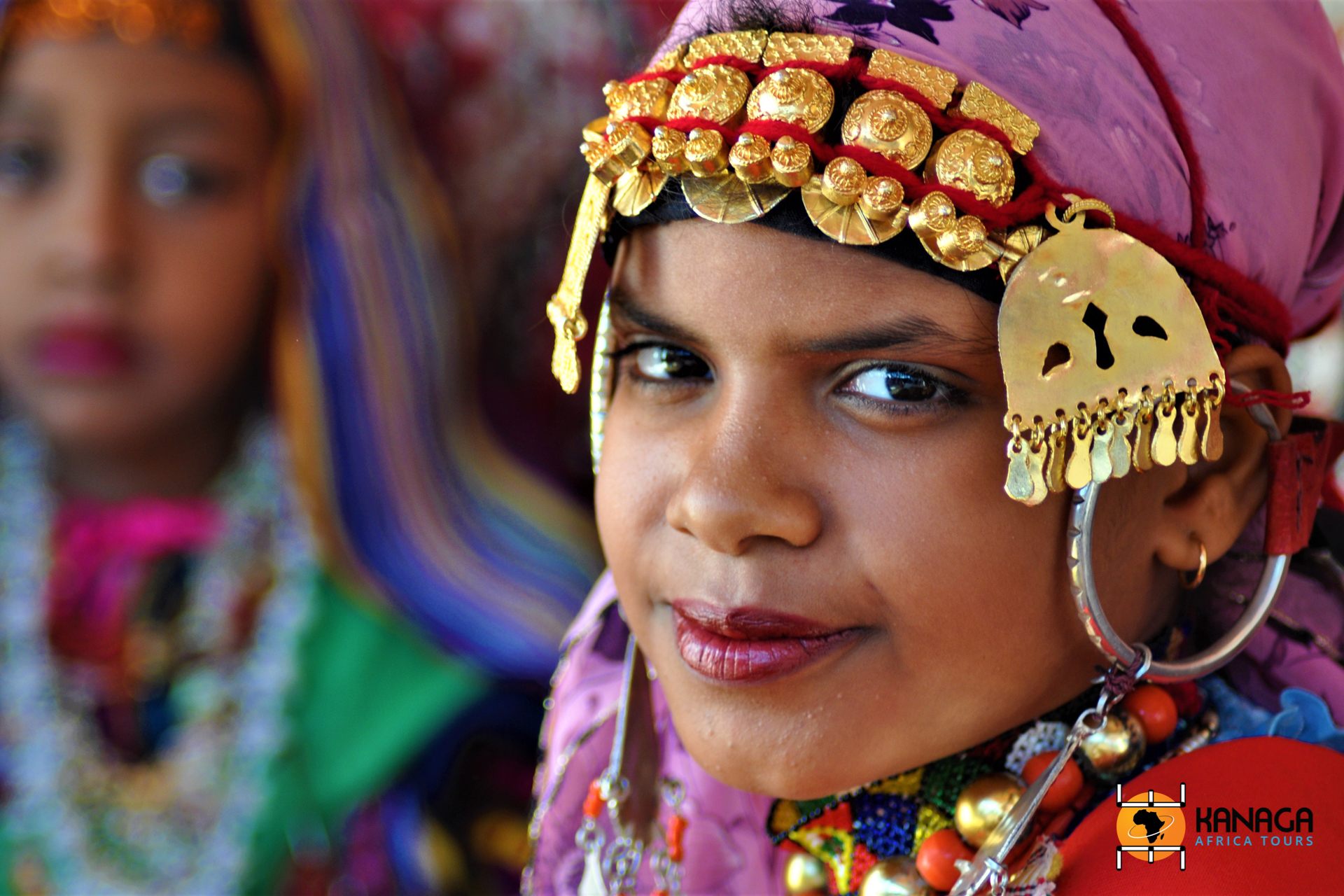Foto © L.F. Paoluzzi
Ghadames, an oasis of the Libyan desert and an ancient caravan city, splendidly preserved in the heart of the Sahara, still enchants with its narrow arcaded alleys and traditional dwellings made of chalk and dried clay, a treasure trove of Berber eras and cultures of the past, and immersed in atmospheres suspended in a timeless dimension.
Listed as a UNESCO World Heritage Site, Ghadames was one of the most important trading hubs on the trans-Saharan routes, despite the fact that the only product it offered to the market was beautiful hand-embroidered babouches. It was its strategic location, the abundance of water and the proverbial ability of its wealthy merchants, who controlled a dense network of businessmen, that made it a compulsory stop for the endless caravans of dromedaries, laden with goods that were bartered and sorted here along further routes. This made its glories and fortunes, of a city that prospered in spite of its desert isolation.
The ancient oasis, which legend has it was founded around the Ain al-Faras well, which sprang up by chance when a mare’s hoof passed by, was under Roman control as Cidamus, a Byzantine outpost and finally in the 7th century conquered by the Arabs, who converted its Berber population to Islam, to which a large number of Tuareg peoples were later added. Today, its historic centre is entirely depopulated, but it retains its ancient glories in an exemplary manner amidst the narrow alleys and traditional architecture of the private dwellings, some of which have been renovated or are kept alive seasonally by their owners.
There are so many exceptional features of Ghadames that have contributed to shaping its myth and making it a small Berber architectural and urban planning jewel. From the narrow colonnaded alleyways, to preserve the coolness from the desert heat, illuminated from time to time only by an incredible system of skylights, to the small public squares, from the splendid mosques to the characteristic multi-storey houses, built entirely of plaster and clay and decorated with painted arabesques, in which women were relegated to the upper floors and terraces, connected by passages that allowed them to move from one house to another, without going down to the street and being seen by men.
Ghadames was also famous for the art of distributing water fairly, through the system of the al-kadus, a large perforated bottle that served as a unit of measurement and also marked time. A watchman was in charge of constantly counting how many bottles were distributed to the city’s seven neighbourhoods, divided between the two main clans of the Ait Welid and the Ait Waziten, how many to the gardens and how many to the mosques for ablutions and the travellers’ needs.
Strolling through the narrow covered entrances of the old town today is an experience that takes one back in time: the dimness of the skylights and the façades of the lime-painted houses, with their beautiful palm-wood portals, embellished with red, green and yellow studs indicating the completion of the owner’s pilgrimage to Mecca; the ancient mosques and the theory of niches that enliven their outline; the perimeter walls and the beautiful gardens that surround the settlement.
Ghadames is undoubtedly one of the best-preserved caravan cities in the entire desert, which relives its ancient splendour especially during the summer or during traditional festivals and ceremonies, when the inhabitants return to occupy their historic family homes, for moments of collective joy, in a festive jubilation of colourful Berber costumes.







